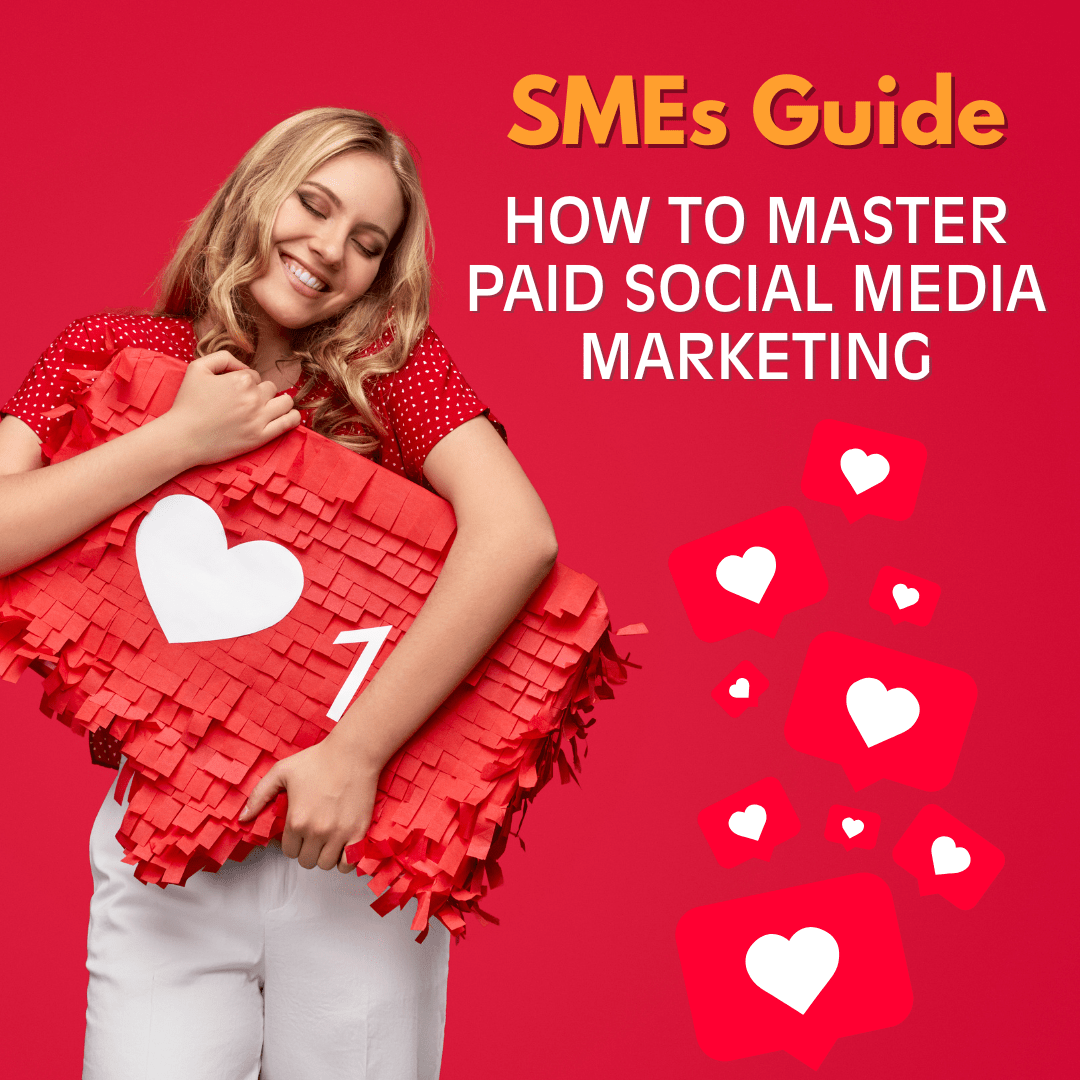In the crowded landscape of social media, organic reach alone often isn’t enough for Small and Medium Enterprises (SMEs) looking to boost visibility and drive conversions. Paid advertising on social media offers SMEs the ability to precisely target their ideal audiences, measure results clearly, and achieve meaningful business goals even with limited budgets. This guide will help you navigate the basics of paid advertising on popular social platforms effectively.
Understanding Paid Social Media Advertising
Paid social media advertising involves creating and running sponsored content (ads) designed to reach specific demographics and interests. Platforms like Facebook, Instagram, LinkedIn, and X (formerly Twitter) allow businesses to segment audiences by interests, behaviors, demographics, and geographic locations, ensuring your message reaches those most likely to respond.
Choosing the Right Platform for Your SME
Not every social media platform suits every business. Here’s a quick breakdown to guide your platform selection:
- Facebook & Instagram: Ideal for consumer-focused SMEs, with extensive targeting tools and visual-centric content.
- LinkedIn: Best suited for B2B SMEs, targeting professionals based on job title, company size, and industry.
- X (Twitter): Useful for SMEs aiming to join trending conversations and targeting niche or topical communities.
Getting Started: Setting Goals and Budgets
Clear objectives are critical. Common goals include:
- Brand awareness
- Website traffic
- Lead generation
- Sales or conversions
Establish your goals upfront, as they will determine ad formats, targeting methods, and budgeting strategies.
Budget Tips for SMEs:
- Start small, test results, and gradually increase spending based on successful campaigns.
- Monitor Cost-Per-Click (CPC) and Cost-Per-Conversion closely.
Creating Effective Ads
Compelling ad content significantly influences performance. Key tips include:
- Clear Messaging: Quickly communicate the value or benefit.
- Engaging Visuals: High-quality images or videos to grab attention.
- Strong Call to Action (CTA): Direct audiences clearly (e.g., “Shop Now,” “Sign Up,” “Learn More”).
Targeting Strategies for Maximum Impact
Successful campaigns rely on accurate targeting:
- Demographic Targeting: Age, gender, location, etc.
- Interest & Behavior Targeting: User activities and expressed interests.
- Custom & Lookalike Audiences: Target users similar to your existing customers.
Monitoring and Optimizing Performance
Regular tracking is vital. Platforms provide robust analytics, including:
- Impressions and Reach
- Engagement Rate
- Click-Through Rate (CTR)
- Conversion Rates
Optimization Tips:
- Adjust targeting based on performance metrics.
- Refine ad content or visuals based on audience feedback.
- Conduct A/B testing frequently to determine optimal ad components.
Common Pitfalls and How to Avoid Them
- Spreading Budget Too Thin: Focus budgets on fewer, higher-performing ads.
- Ignoring Analytics: Regularly analyze data and adjust strategy.
- Over-Targeting: Avoid overly narrow audiences, which can limit reach.
Conclusion
Paid social media advertising provides SMEs powerful tools for reaching targeted audiences effectively and affordably. By selecting the right platforms, defining clear goals, creating engaging ads, and optimizing your strategy continuously, you can significantly boost your visibility, engagement, and sales.
At Prick Media, we’re passionate about helping SMEs harness the power of social media advertising. Contact us today to discuss customized strategies for your business growth.
